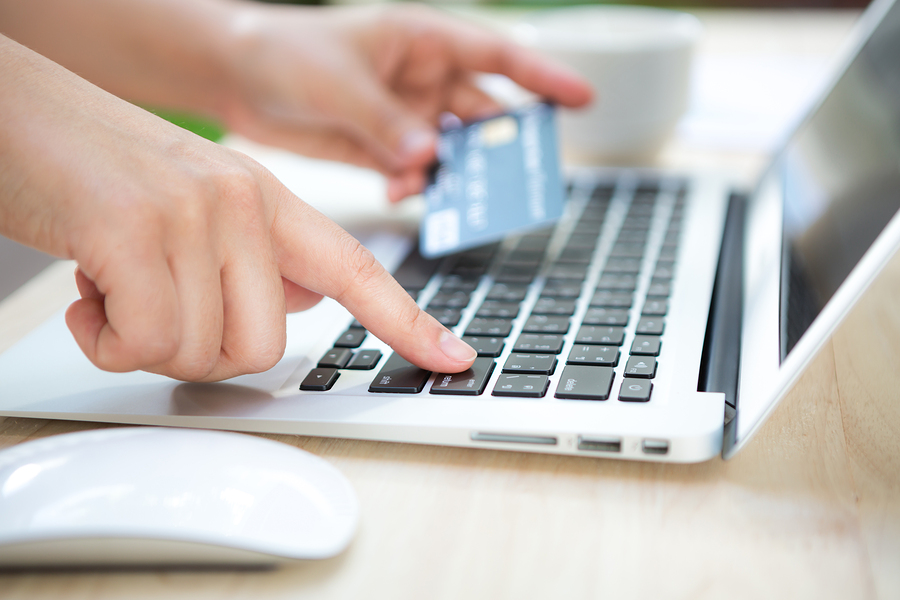Did you know that 95% of US households have at least one banking account? If you have a bank account yourself, you’re most likely always checking your account online to make sure everything looks as expected.
Doing this is more than a good idea, as keeping tabs on your banking account is important. With that in mind, there are some basic internet banking tips and tricks that you need to know to make sure that you aren’t causing more harm to your account than good.
In this article, we’ll tell you about 6 things that you can do to practice better online banking safety. We’ll tell you what to do, and more importantly, what not to do, so you can keep your personal information and your banking account secure.
1. Change Your Password Often
It goes without saying, but if someone knows your online banking account login information, it’s much easier for them to get into your account. So, to prevent this issue from popping up, we recommend that you change your banking account password often.

How often should you change your online banking account password? At least once a month, although it’s certainly not the worst idea to change it even more often than that.
2. Never Use Public Computers
There are lots of things that public computers can be useful for. Having access to a computer at a school library to use for a class assignment can be quite helpful for students who don’t own their own personal computer.
But if there’s one thing that you should never use a public computer for, it’s internet banking. There are simply too many risks involved, which is why we don’t recommend that you log into your banking account on a public computer.
If you don’t own your own computer, stick to using your mobile phone to check your banking account. That way your account is only being accessed by a device that you own, and not by one that is being shared with strangers.
3 Never Use Public WiFi
Of course, a public computer is using a public internet connection. But even if you have your own computer with you, we recommend that you never check your banking information on the web while logged into a public wifi setup.
Doing so makes it much easier for people to steal your banking information. And of course, with that information, they can get into your account with ease, which isn’t what you want.
A pro tip? If you’re checking your banking information on your phone, and you’re logged into a public wifi setup, turn your wifi off. And if you only have a computer, wait until you’re back home before you go online and look at your banking account.
4. Watch Out for Phishing Emails
One of the ways that hackers will attack potential victims is with phishing emails. These emails are created by hackers and look like something that could be sent from your official banking provider.
But, if you look closer, you’ll see that the email address that sent you this email isn’t one that has your banking provider’s website as the hosting address. That is a dead giveaway that someone is trying to trick you into clicking a link, and entering your login information, just so they can steal it.
The good news? Dealing with phishing emails is simple. All you have to do is check to make sure that the email address that sent you an email has your bank’s website as the hosting provider. To be extra cautious, you can avoid clicking all links that direct you to your bank’s website, even those from your bank, by manually entering the address yourself.
5. Activate Mobile Notifications
If you’re like most people, you want to have an idea of what is going on with your banking account each day. The best way to do this? Activate mobile notifications, so you can be alerted via text anytime something unusual is happening on your account.
On top of that, you can even set it up so that you get banking statements texted to your phone each day. That way you can know what your account balance is each day, and if you notice a red flag with the number, you can investigate it yourself.
6. Check Your Bank Account Daily
To piggyback off of that last point, it’s important to have an idea of what’s going on with your bank account each day. That way, if an issue arises, you can get on top of it before it spirals.
For example, it’s often much easier to reverse a fraudulent charge if you catch it earlier. The best way to do this is to know what’s going on with your account in real-time.
Of course, the text message feature that we previously mentioned will help you do this with ease. Manually logging into your account on a safe web browser or device, or using your mobile banking app, is also a great way to keep a closer eye on your account yourself.
Looking for More Internet Banking Tips?
If you want to stay safe on the web, especially when it comes to internet banking, be sure to keep these banking tips in mind. That way you can make sure that your personal information, and your money, are as protected as possible.
And if an issue does pop up, don’t worry. As long as you take care of it quickly, you should be able to get your account (and your funds) back to normal rather fast.
Looking for more technology tips and tricks? Check back with our blog often for all kinds of useful information and ideas.

Comment here